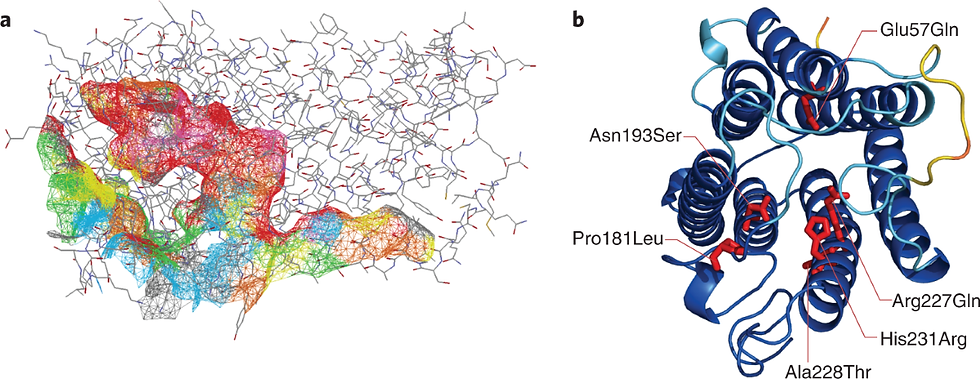Grok 4 Free: How This Unexpected Tool Is Revolutionizing Learning Without a Price Tag
- Ethan Carter

- Aug 14
- 16 min read
Updated: Aug 15
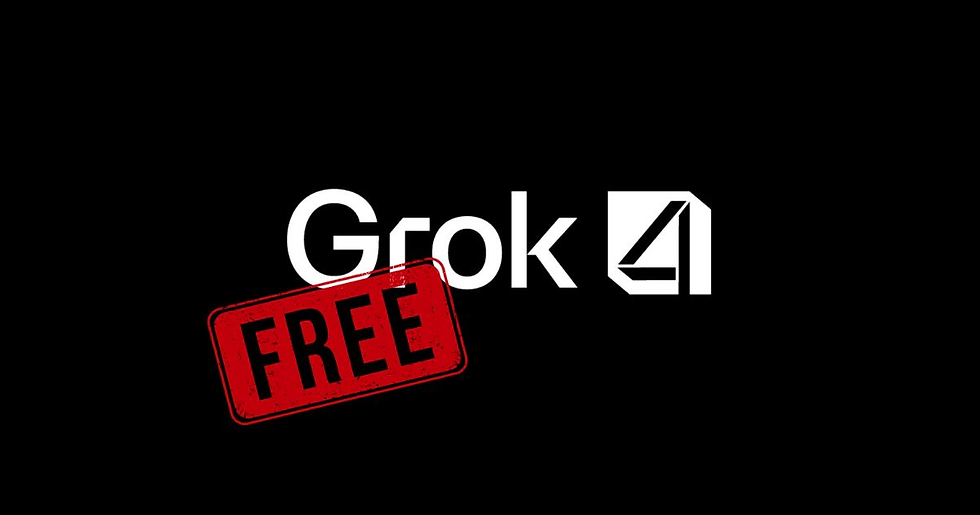
Grok 4 free is the no-cost access tier of Grok 4, xAI’s latest conversational AI model that combines large-language fluency with near-real-time web awareness. The announcement that Grok 4 would be available to free-tier users transformed a model that many treated as an enterprise or research product into a widely accessible learning tool overnight. xAI’s official note explaining that Grok 4 is now free for everyone framed this as an effort to broaden access, and industry coverage, such as the launch context reported by Tom’s Guide, emphasized the model’s speed and ambitions.
Why this matters now: opening Grok 4 removes a major gatekeeper for students, instructors, hobbyist developers, and small institutions who previously lacked enterprise budgets or API credits. It shifts experiments and classroom pilots from hypothetical to immediately practical, potentially accelerating both adoption and scrutiny.
This article explains what Grok 4 is, why the free tier is consequential, how learners and educators are already using it, its technical strengths and limits, enterprise and developer implications, ethical and misinformation risks, and practical steps you can take to pilot the model. Read on to discover how to try Grok 4 free, where it helps most in education, and how to manage its pitfalls.
Key phrase: "Grok 4 free" appears at the start because open access is the change that makes this model a classroom-ready tool.
Background: xAI, Grok lineage and market context
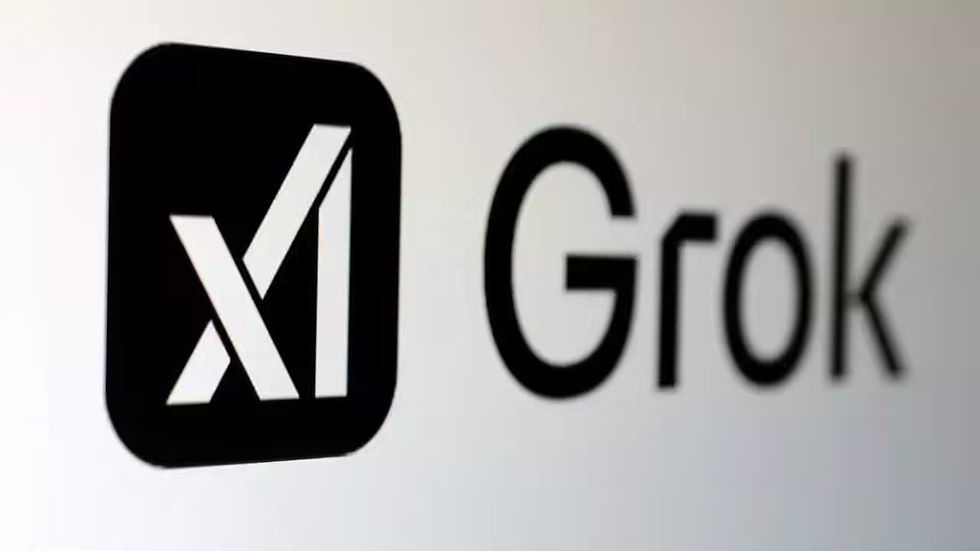
xAI launched with the explicit goal of building models that are both fast and tethered to the live web to reduce stale answers. From that starting point, the Grok family — Grok 1 through Grok 4 — has evolved as a sequence of releases focused on responsiveness, retrieval integration, and disciplined output for tasks like coding and reasoning. Early Grok versions were notable for their conversational style and an emphasis on timeliness; Grok 4 pushed those qualities further by incorporating a broader, more recent training signal and tighter retrieval pipelines.
Public analysis of what is inside Grok shows a complex mix of large-scale web-scrape signals, specialized datasets, and retrieval-augmented components that give it a real-time edge for some queries. A deep look at Grok’s data and architecture suggests the model was tuned with different priorities than some competitors, emphasizing latency and web grounding in addition to raw parameter scale. For readers wanting a technical primer, the detailed examination at Life Architect explains the dataset signals researchers have detected and why those signals matter for downstream tasks.
Grok 4 emerged onto a crowded 2024–25 AI landscape where established players competed on scale, accuracy, or safety guardrails. Analysts observed that Grok’s combination of speed and web-connectedness created a distinct market niche: a model optimized for interactive tasks that benefit from current events and live data. A deeper industry context and forecast of Grok’s market position are provided in an AppLabX analysis, which places Grok alongside other major LLMs as an influential but different option.
What is Grok 4, then? At its core, Grok 4 is a conversational language model built to integrate retrieval and more up-to-date signals than some baseline LLMs, while operating under a design philosophy intended to make interactions snappier and more developer-friendly.
What Grok 4 free does is lower the barrier for people to test those characteristics directly: students can ask current-event questions, developers can prototype retrieval flows, and teachers can design exercises that use live or near-live information.
xAI and the Grok lineage
xAI has framed its mission around developing AI that complements scientific and engineering workflows, with public statements positioning Grok as a model that emphasizes practical reasoning and speed. The evolution from early Grok releases to Grok 4 included iterative changes in model architecture, retrieval interfaces, and deployment practices. Coverage of the Grok 4 launch in outlets like Tom’s Guide outlines how xAI has publicly differentiated Grok on responsiveness and a different set of tradeoffs compared with competitors.
Why Grok 4 mattered before the free tier
Grok 4 already attracted attention for two main reasons. First, benchmark reports and reviews highlighted areas where Grok matched or exceeded peers on certain reasoning, coding, and retrieval tasks. Second, the model’s real-time web integration allowed it to answer questions about current events more nimbly than models reliant solely on a static training snapshot. Analysts from AppLabX and technical summaries like the dataset-focused review on Life Architect showed why researchers and some enterprises were experimenting with Grok for knowledge work and content workflows.
Even prior to free access, Grok 4’s combination of fast responses, retrieval signals, and developer-focused integrations made it attractive for prototypes in education and business — but cost and access constrained who could try it. The free tier removes that constraint and pushes the model into everyday workflows.
What Grok 4 Free Means for Learners and Public Adoption
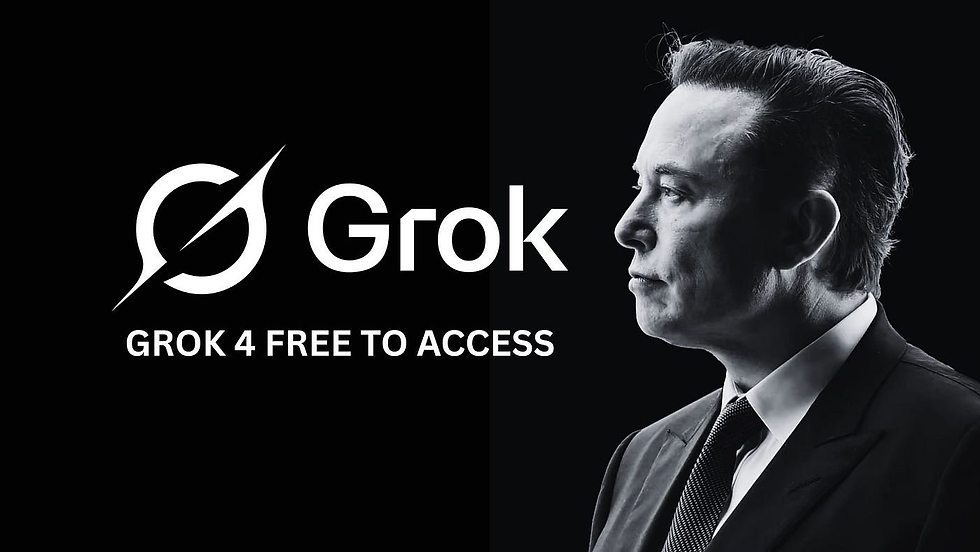
Opening Grok 4 to free users changes the experiment space dramatically. Students who once relied on generic search or limited LLM demos can now test an advanced conversational model that claims greater currency. Educators can design assignments that explicitly require model-based interactions. Hobbyists can explore integrations and micro-apps without upfront cost. Small colleges and community programs with tight budgets can pilot Grok-augmented tools in labs or libraries.
Early reports on rollout show a marked surge in public engagement. News outlets covered the free-tier availability and the shift in access patterns; for quick background on the rollout and details of availability, see the Dataconomy report on Grok 4’s free-tier launch at Dataconomy. Community trackers and dashboards such as Grok4.live surfaced usage patterns within days, indicating spikes in query volume from educational time zones and code-focused prompts.
Experts reacted with a mix of enthusiasm and caution. Some saw free access as democratizing advanced AI capabilities, supporting the rapid expansion of educational experiments and student-led projects. Others warned that widespread access without adequate guardrails could amplify misinformation and academic misuse. A recorded panel discussion that examines Grok 4’s competitive moves and adoption implications can be found via an expert podcast conversation on Apple Podcasts, which highlights both the strategic reasoning behind free access and potential downstream risks.
Concrete impacts for learners include:
Faster iteration for research and assignments that require up-to-date examples.
New learning activities that use a conversational tutor for debugging code, drafting bibliographies, or summarizing current events.
A broader user base that brings varied prompts, which both enriches community knowledge about model behavior and increases the surface for discovering errors.
Insight: Free access accelerates both experimentation and scrutiny. More users means more real-world failure modes will emerge — but it also means better community-driven documentation of those failures.
Access mechanics: how to get Grok 4 free
How to access Grok 4 free typically follows a short flow: create an account on the Grok landing or partner platform, select the free tier, and use the web chat or sandboxed API endpoints subject to rate limits. The Dataconomy coverage provides specifics on rollout timing and region availability; in many cases, initial availability prioritized major markets and web platforms before a broader geographic spread.
Practical notes:
Free-tier accounts usually have daily or monthly query limits and may block high-throughput API requests.
UI differences from paid tiers often include usage panels that show remaining credits, simpler output controls, and fewer advanced settings.
Region availability can vary; if you cannot see the option immediately, check partner platforms or wait for broader rollout.
Search for step-by-step onboarding links or the “Try Grok” landing pages that appear in the model’s promotional materials to get started.
Early adoption and engagement: who’s using Grok 4 free and why
Early user demographics skewed toward three clusters: students experimenting with coursework assistance, hobbyist developers building integrations and demos, and independent researchers testing retrieval and bibliographic queries. Community tracking from Grok4.live showed a high proportion of prompts related to coding help, literature searches, and news summarization — consistent with the idea that people use Grok 4 where real-time awareness and short turnaround matter most.
Engagement trends suggest that free-tier users often begin with short exploratory sessions (10–20 queries) and, when satisfied, escalate to longer workflows or collaborate on shared projects. Experts in the podcast discussion referenced earlier noted that free access is likely to create a long tail of third-party tools and tutorials, amplifying uptake among learners who don’t have formal training in prompt engineering.
Actionable takeaway: If you’re an instructor, expect early student experiments to cluster around coding debugging, quick fact-checks, and bibliographic drafting. Design short, graded tasks that incorporate verification steps rather than forbidding the tool outright.
Technical Capabilities, Architecture and Benchmarks of Grok 4

Grok 4’s technical identity rests on three pillars: conversational fluency, retrieval and web-awareness, and a deployment focus on low-latency interactive use. Public technical commentary and benchmarks emphasize that Grok 4 often trades some model complexity for faster inference and better integration with live sources, which can be an advantage for time-sensitive answers and iterative learning tasks.
A market and technical overview that captured this mix can be read in the Nasdaq coverage on Grok 4’s benchmark performance and market impact at Nasdaq. For hands-on notes about capabilities, a practitioner-focused write-up appears at Webloom Labs, and the broader context and implications are summarized in the AppLabX analysis.
What sets Grok 4 apart from many contemporaries is not just raw scores on single benchmarks but a profile of strengths and tradeoffs that favor interactive learning tasks:
Real-time or near-real-time web retrieval means Grok can reference recent news or live documentation.
Low-latency responses make it suitable for live tutoring, coding sessions, and in-class demos.
A conversational interface with explicit tools for reasoning steps supports stepwise problem solving.
At the same time, these capabilities have limits: retrieval can introduce spurious citations if sources are mislinked or misinterpreted, and speed-oriented optimizations can sometimes favor concise but overconfident outputs. Educators and developers need to calibrate expectations and validation processes accordingly.
Bold takeaway: Grok 4 is particularly well-suited to interactive, time-sensitive learning tasks — but those tasks require verification steps to be reliable.
Benchmarks and performance: what benchmarks say about Grok 4
Benchmark reporting on Grok 4 shows a mixed but notable picture. Public accounts and aggregated tests reported in outlets such as Nasdaq indicate that Grok 4 achieved competitive performance on several reasoning and coding benchmarks, while showing particular strengths in tasks that benefit from fresh web content.
Key patterns from benchmark discussion:
Strengths: coding assistance (autocomplete and debugging hints), factual summaries when the retrieval pipeline returns high-quality sources, swift multi-turn interactions that make iterative learning natural.
Weaknesses: susceptibility to fabrication when retrieval fails, and occasional degradation on highly specialized knowledge tasks compared to heavier models trained on domain-specific corpora.
For educational purposes, interpret these results as: Grok 4 performs very well for scaffolding — framing problems, suggesting next steps, and presenting up-to-date context — but it should not be a primary source for final answers in high-stakes assessments without independent verification.
Architecture & datasets: what public analyses reveal
Public analyses, including hands-on teardown posts like the Webloom Labs write-up and synthesis from industry analysts at AppLabX, reveal non-proprietary takeaways about Grok 4’s architecture:
Training signals include broad web crawls supplemented by code repositories, documentation, and curated datasets. This mixture explains Grok’s balanced fluency in natural language and code.
A retrieval-augmented layer connects model prompts to live web content or internal indices. That layer is central to delivering recent facts and citations, but it also introduces dependency on the retrieval quality.
Deployment design favors inference speed: the model and serving stack are optimized to keep latency low, which benefits classroom use where immediate feedback improves engagement.
These structural points explain why Grok 4 often acts more like a partnered assistant than an oracle: it blends a knowledge base with live retrieval and prioritizes interactive responsiveness.
Limitations on transparency remain: because some training and retrieval mechanisms are proprietary, independent evaluation by educators and researchers matters. Teacher-led class pilots that collect logs (with privacy protections) are valuable to map model behavior on course-specific content.
Actionable insight: When using Grok 4 in learning scenarios, couple it with retrieval checks: require students to capture source links and annotate the model’s reasoning steps for instructor review.
Educational Use Cases and Research Findings: Grok 4 Free in classrooms and study routines

With Grok 4 free, educators gained a practical tool for real-time tutoring, code debugging workshops, and literature discovery labs. Emerging studies provide early evidence about where models like Grok help and where they fall short.
Broad use cases that educators should consider:
Coding classes: real-time debugging, explaining error traces, and suggesting test cases.
Bibliographic retrieval: drafting literature searches, summarizing papers, and generating reading lists.
Fact-checking and current-events modules: exploring source diversity and practicing source verification.
Writing assistance: drafting outlines, paraphrase suggestions, and revision guidance with instructor-defined guardrails.
Active learning exercises: students interrogate the model, compare outputs, and present verification logic.
Two preprints and studies give concrete evidence on Grok-like models in education. A bibliographic reference retrieval study on arXiv measured how models recover and format citations, while a separate arXiv study examined LLM chat interfaces in coding classes and their effect on student performance, demonstrating both gains in engagement and nuanced impacts on assessment design at arXiv. For a practitioner-friendly overview of Grok 4’s education-facing features, see the Analytics Vidhya primer at Analytics Vidhya.
Across these sources, the pattern is consistent: when used with structured tasks and verification steps, Grok-like models can raise engagement and speed up iteration, but poorly scaffolded use can encourage over-reliance and degrade learning measurement.
Key point: Treat Grok 4 as an interactive tutor and lab assistant — not as the final arbiter of truth.
Case study: bibliographic reference retrieval performance
The bibliographic retrieval study published on arXiv evaluated how well advanced models locate, format, and correctly attribute scientific references. Results showed that while Grok-like models can generate plausible bibliographic entries, they often hallucinate details — such as incorrect page ranges, DOI numbers, or misattributed authors — when the retrieval pipeline does not return primary sources or when the model synthesizes a reference from memory.
Practical implications for students:
Don’t insert model-generated citations into academic work without checking the original sources.
Use Grok 4 to generate candidate citations and search terms, then confirm each reference via library databases or publisher pages.
When designing assignments, require students to submit both the model-suggested citation and the verified source link.
Because Grok 4 free makes it easy to run repeated bibliography queries, instructors can turn verification into a graded skill: ask students to rate the accuracy of model outputs and note discrepancies.
Case study: coding classes and student engagement
Research into LLM chat interfaces in coding instruction demonstrated measurable improvements in debugging speed, problem decomposition, and student confidence when models were used as on-demand helpers. The arXiv study on LLM chat interfaces found that students using chat agents completed iterative coding exercises faster and attempted more ambitious projects than peers without access, but also that assessments needed redesign: students tended to leave higher-level conceptual explanation gaps untested.
Best practices distilled from the research and practitioner guidance at Analytics Vidhya include:
Scaffolding: require students to submit a short explanation of the model’s suggestions and why they accepted or rejected them.
Test design: prefer oral exams, one-on-one code walk-throughs, or unseen tasks where the model’s help is less directly applicable.
Academic integrity: integrate version control and incremental submissions to detect sudden jumps in solution quality.
Example classroom workflow: 1. Students use Grok 4 to debug an initial failing test. 2. They annotate each suggested fix with a comment describing the reasoning. 3. Instructor grades both the code and the explanation, rewarding demonstrated understanding over code correctness alone.
This approach harnesses the model’s tutoring strengths while keeping conceptual mastery as the primary learning target.
Enterprise Integrations, Developer Access and Productivity Uses
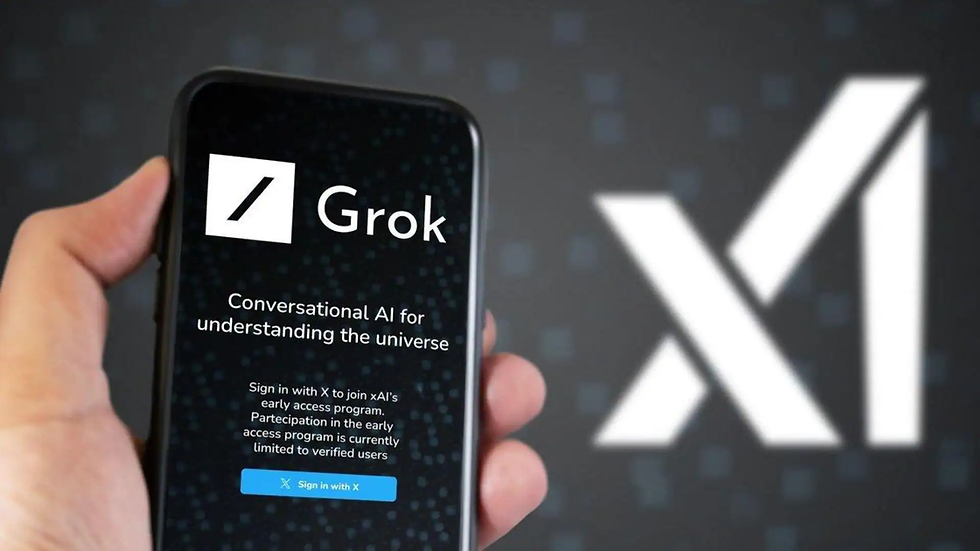
Beyond classrooms, Grok 4 is being woven into enterprise and developer ecosystems where information retrieval, summarization, and document workflows benefit from low-latency conversational assistance. Integrations such as Box AI’s use of Grok 4 for content workflows exemplify enterprise interest in deploying the model to augment search, summarization, and internal knowledge retrieval.
A first-look description of how Grok 4 augments enterprise content workflows is available in Box’s write-up at Box Blog. For developers who want to prototype, tutorials and API onboarding guides exist — DataCamp’s practical Grok 4 API tutorial is a useful starting point at DataCamp. The deeper product context and developer use cases are discussed in industry pieces like the Predict deep-dive on Medium.
The free tier plays a different role for enterprises and developers than for students: it acts as a low-risk sandbox where teams can prototype integrations, evaluate quality on proprietary corpora, and build proof-of-concept connectors before committing to paid or on-premise options.
Box AI and enterprise document workflows
Box’s initial experiments pairing Grok 4 with enterprise content showed immediate productivity wins: summarizing long documents, surfacing relevant sections in response to natural-language queries, and drafting briefings from scattered notes. The Box Blog highlights how Grok-assisted summarization and Q&A can reduce time spent finding information in large repositories.
Risks for institutions include privacy and data governance concerns (how is content indexed? where are logs stored?), and accuracy declines when the model is asked to synthesize across inconsistent documents. Institutions considering integration should establish clear data governance and test the model on red-team scenarios before deployment.
Developer access and prototyping with the Grok 4 free tier
Developer onboarding flows emphasize a sandbox-first approach: spin up an API key in the free tier, call simplified endpoints, and test retrieval-augmented prompts with small datasets. The DataCamp tutorial covers basics such as authentication flows, rate limit behavior, and example prompt templates.
Why free access accelerates experimentation:
Lowers the cost of iterative testing and prompt engineering.
Lets student developers build portfolios and demos without billing friction.
Encourages community sharing of prompt patterns, connectors, and integration recipes.
Community tutorials and open-source wrappers proliferate quickly after a model hits free tiers; expect GitHub repos and community notebooks that demonstrate best-practice retrieval scaffolds and verification patterns to become available as early adopters publish their learnings.
Practical tip: For prototypes involving private data, use ephemeral indexes and local retrieval before scaling to cloud-hosted indices; this reduces accidental data leakage while you test accuracy.
Challenges, Ethics, Misinformation Risk and Practical Solutions
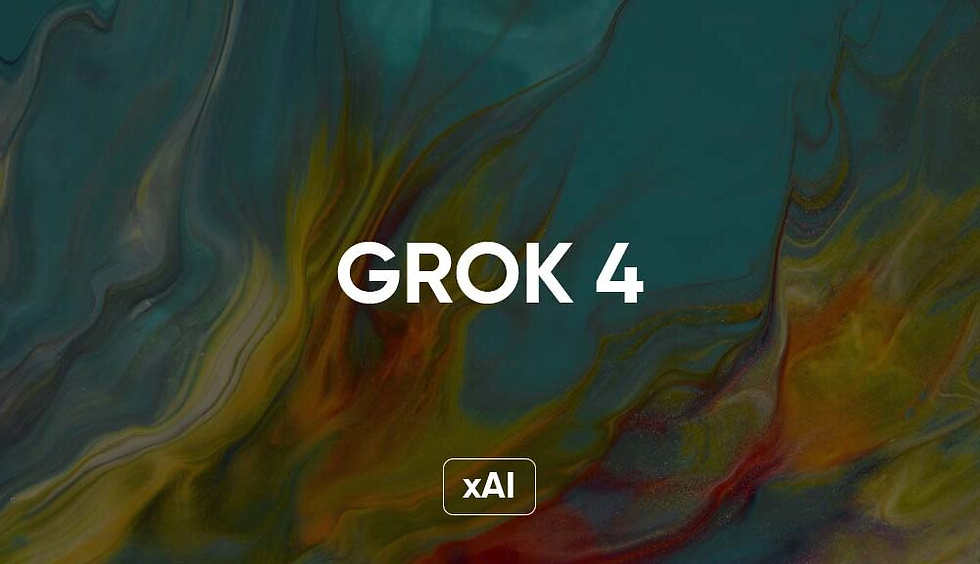
Free access to a powerful conversational model magnifies both opportunity and risk. The core concerns center on hallucinations (fabricated content presented as fact), inaccurate bibliographic outputs, and the broader possibility of misinformation spreading quickly when a model’s confident but incorrect answer is shared widely.
Scholarly frameworks for ethical LLM use in education lay out principles such as transparency, privacy protection, and the need for verification workflows; see the broader ethical considerations on arXiv. Ground-level reporting on the real-world consequences of mass adoption — including instances where Grok was used for fact-checking and produced misleading results — appeared in news outlets like Al Jazeera, which covered the rapid uptake and the problems that followed.
Misinformation and hallucinatory responses: scope and examples
When Grok 4 is used widely for quick fact-checking, errors can propagate quickly because the model’s outputs are often presented in a confidently worded, readable format. Al Jazeera’s reporting describes instances where users turned to Grok for fact-checking and received plausible but incorrect claims that circulated further online, emphasizing how free access increases both the model’s influence and its potential for harm.
Common failure modes include:
Fabricated citations or misattributed quotes when the model mixes retrieved snippets with generated text.
Confident falsehoods about niche facts where retrieval failed or sources were sparse.
Rapid viral spread of incorrect summaries when shared on social platforms without verification.
Tips for students and teachers:
Always request source links and verify them directly in original publisher pages.
Teach students how to cross-check model answers with trusted databases (library catalogs, peer-reviewed repositories).
Use model outputs as starting points, not as finished products.
Bold recommendation: Make source verification a graded component of any assignment that permits model use.
Responsible classroom policies and technical mitigations
Designing responsible classroom policies is both a cultural and technical task. Pedagogical policies can specify allowed and disallowed uses, set expectations for attribution, and require verification steps. Technical mitigations include prompt design patterns that ask the model to produce citations, retrieval-augmented queries that attach source links, and instructor-run red-team exercises that probe model failures.
Policy examples:
Allowed: using Grok 4 to draft outlines, create debugging steps, and suggest reading lists — provided each claim is verified.
Prohibited: submitting model-generated answers as original work without disclosure and verification.
Assessment rules: incorporate oral defense, in-class coding checks, or randomized problem sets for summative assessment.
Technical mitigations:
Retrieval-augmented prompts: encourage queries that explicitly request source snippets and linkbacks.
Citation checks: require students to paste model outputs into a verification checklist that an instructor can quickly review.
Rate-limited group accounts: avoid blanket access that makes oversight infeasible.
Researchers’ ethical frameworks on arXiv and empirical accuracy work such as the bibliographic study at arXiv both highlight the importance of procedural safeguards and transparency.
Actionable checklist for instructors: 1. Define permitted uses of Grok in your syllabus. 2. Require source links and a short verification note for each model-assisted artifact. 3. Design assessments that measure conceptual understanding, not just final outputs.
FAQ: Likely reader questions about Grok 4 Free
Q1: Is Grok 4 free?
Yes. Grok 4 is available in a free access tier that allows individuals to try the model without an immediate subscription; refer to the official announcement explaining the free rollout at Grok AI and the community landing page that offers trial access at Grok.free.
Q2: How do I access Grok 4 free and what are the limits?
Create an account on the Grok platform or partner service, select the free tier, and follow the onboarding steps described in the Dataconomy report on availability; typical limits include daily or monthly query caps and restricted API usage for high-volume tasks, so check the sign-up flow for your region at Dataconomy.
Q3: Is Grok 4 accurate enough for academic citations?
Not reliably on its own. Studies show models can fabricate or misformat citations; use Grok 4 to discover candidate references but always verify citations via publisher pages, library systems, or original PDFs. See the bibliographic retrieval study at arXiv for measured accuracy concerns.
Q4: Can I use Grok 4 in class?
Yes — with policies. Many instructors permit Grok-assisted work if students include verification steps and documented reasoning. Best practices include scaffolding assignments, requiring provenance for claims, and redesigning assessments to test understanding over polished output. The education research and practitioner guidance at Analytics Vidhya provide useful starting templates.
Q5: Does Grok 4 offer an API for developers?
Yes, there are API endpoints and developer documentation for Grok 4; DataCamp’s tutorial explains how to get started with authentication and example prompts. Free-tier developer access typically supports sandboxing but may have stricter rate limits than paid plans — see DataCamp for a hands-on guide.
Q6: What are the main risks of using Grok 4 free?
The primary risks are hallucinations (confidently presented falsehoods), incorrect bibliographic data, and possible privacy concerns when integrating with internal documents. News coverage highlighting the spread of misinformation following wide adoption is available at Al Jazeera.
Conclusion and Forward-Looking Analysis: How Grok 4 Free could shape the next 2–5 years
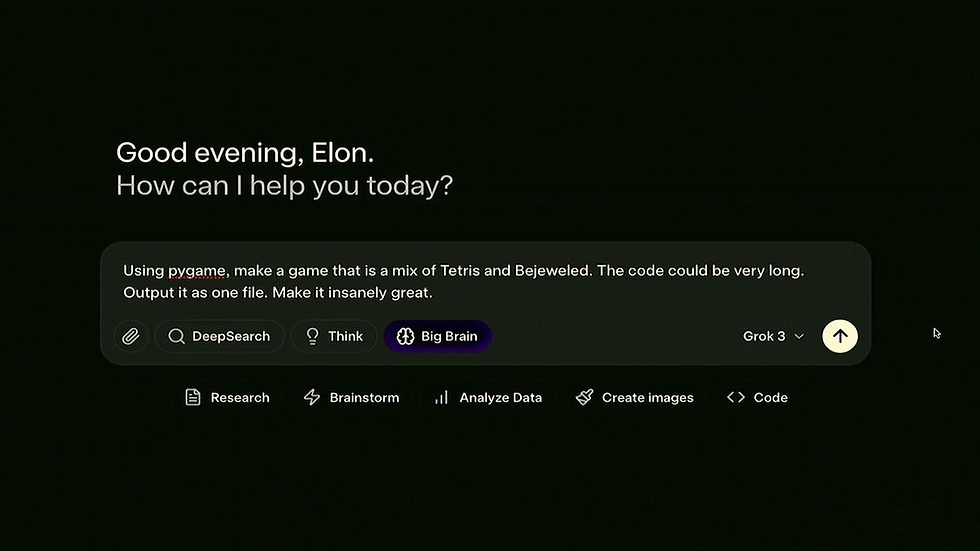
Grok 4 free democratizes access to a model that prioritizes speed and web-aware retrieval. The immediate impact is clear: more students, educators, and small teams can experiment with advanced conversational AI without budgetary friction. That surge in access will accelerate both creative educational uses and the discovery of failure modes that must be managed.
Forecast scenarios for the next 2–5 years:
Widespread classroom pilots: Many institutions will adopt calibrated Grok-based activities that teach verification as a core skill.
Integration proliferation: Enterprises and LMS vendors will embed Grok-assisted features for summarization and Q&A, creating productivity gains but also governance needs.
Rapid third-party ecosystem growth: Community tools, prompt libraries, and verification utilities will emerge to help non-experts use Grok safely.
Iterative improvements: Expect Grok’s developers and the broader community to improve retrieval fidelity, expand transparency features, and offer better citation mechanisms in response to accuracy critiques.
For educators and institutions planning pilots:
Begin with small, low-stakes modules that require source verification.
Collect usage logs (with consent) to evaluate patterns and failure modes.
Collaborate with librarians and IT on data governance for any integrations.
Expert views that place these predictions in context are available in analyses like the market outlook from AppLabX and industry conversations captured on Apple Podcasts, which explore how Grok’s free tier alters competitive dynamics and adoption incentives.
Final takeaway: Grok 4 free is a powerful enabler for learning, prototyping, and productivity — but unlocking its full benefit requires deliberate verification workflows, ethical policies, and educator-led scaffolding.
FAQ Appendix (expanded quick answers)
Q: Is Grok 4 free for students? A: Yes — students can access Grok 4’s free tier by signing up via the official channels; limits and region availability vary. See the free access announcement at Grok AI.
Q: Will Grok 4 replace teachers? A: No. Grok 4 is a tool that augments instruction by providing fast feedback and scaffolds. Instructors remain essential for assessing understanding, designing curricula, and enforcing academic integrity.
Q: What should I require when students use Grok 4 for assignments? A: Require provenance (links), a verification note, and a short reflection describing what the model got right or wrong.
Q: Can I prototype enterprise workflows on the free tier? A: Yes, for low-volume prototyping and proof-of-concept work; for production deployments, evaluate paid tiers or enterprise integrations and confirm data governance with your vendors. See the Box integration notes at Box Blog.
Q: Where can I learn to use the Grok 4 API? A: Start with tutorial material such as the DataCamp API guide and community examples on developer platforms.
Closing note
Grok 4 free has moved an advanced conversational model from a gated research or enterprise tool into the hands of everyday learners. That shift will drive innovation in teaching and developer experimentation — and it will demand responsible oversight. Educators, students, and institutions who pair curiosity with verification practices stand to gain the most from this unexpected, no-cost learning assistant.
